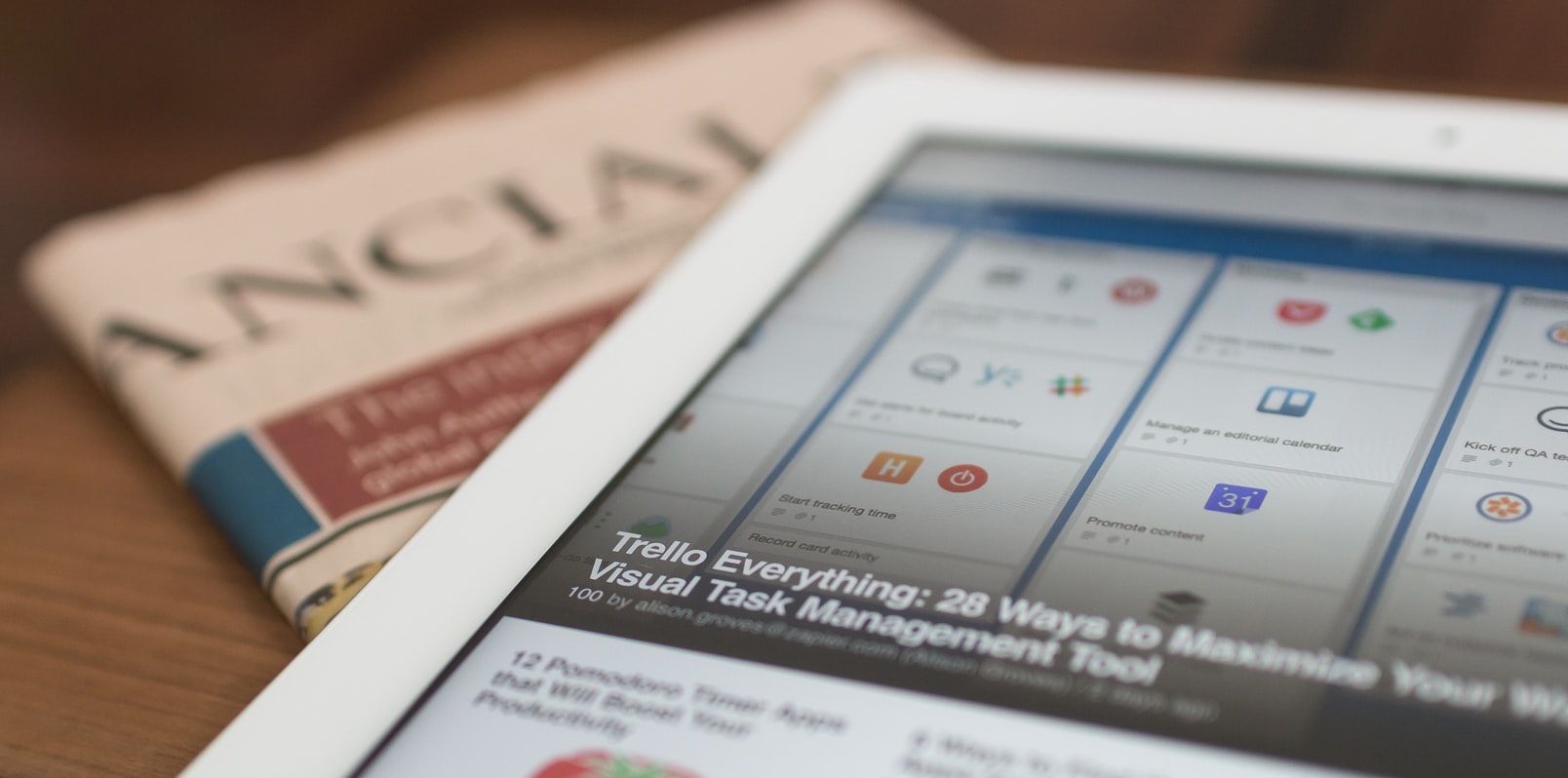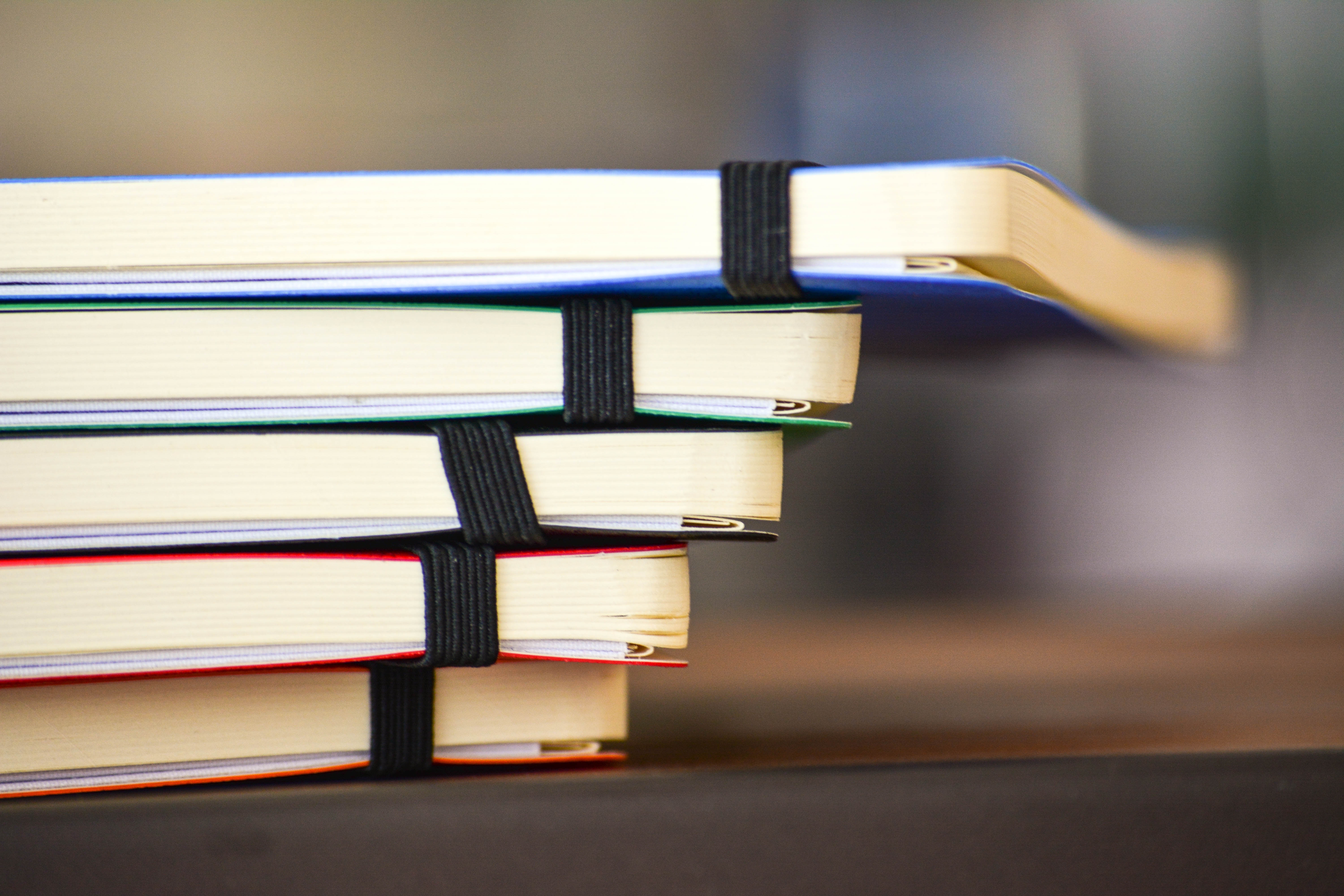If you had a feeling that your world got a lot busier, and that it was a lot harder for you to focus on stuff, you’re not alone. And you’re certainly not just making it up. A recent study makes it official: people’s attention spans – which were short enough anyway – suffered in recent years due to an overwhelming amount of news, distractions, and the pace of an always-on digital life.
There is good news, though. These trends can be reversed. Researchers have looked at people’s memory and focus for some time now, and new experiment results are published every now and then which tell you how to fix the problem. So how to increase attention span? Here are four good ways.
How to increase attention span through mindfulness
People often claim that mindfulness is the answer to all modern problems – well, in this case, it seems to help a lot. The experiment described in this study showed that 16-to-18-year-old students who were given mindfulness training were able to focus better and control any negative tasks with more ease.
I’m a big fan of mindfulness, and I know it helps a lot with things like creativity and language learning. This study is something bigger, though: it shows people how to increase attention span school-wide.
How to increase attention span of your learners
If you are a teacher or an educator, the study described above is relevant, too. The authors’ suggestion is that a systematic program of mindfulness training can help schools and learners achieve better things with less stress and worry. Can your school make it happen?
Sprint, then focus
Finding out about this study made me feel really uncomfortable – I am more of a long-distance athlete myself 🙂 It turns out, though, that the benefits of high-intensity, short bursts of activity are remarkable when it comes to a short attention span.
The researchers found that after intense physical activity, people showed improvement in “executive function” – using their brains, memory and focus to make decisions and get things done. This type of brain work was improved immediately after the exercise, and the effect lasted for up to 45 minutes.
Play (the right kind of) video games
This study is frequently quoted by people whose main idea of an “education revolution” is making all things more fun and applying “gamification” to everything. It’s not everyone’s favourite theory – I’ll let you make your own judgements here. In addition, the video game designed for the purposes of this study enabled participants to get better at multitasking – which, again, may not be such a good idea after all.
But I’m after something else here – how to improve attention span of a gamer? It turns out that the video game analysed in the research led to improvements in the participants’ attention – also after they played the game.
So the next time you feel guilty about your Fortnite habit, or angry with other gamers in your life, consider this – they might be fixing their short attention span right now.
How to improve attention span with martial arts
I was a young, dreamy kid in primary school. I was also signed up by my parents to do judo.
This was not a good combination. But it could have been – according to this study!
Martial artists’ attention spans are improved thanks to their practice. This, on reflection, sounds obvious: losing focus during a sparring fight (or a real fight!) is a bad idea. David Allen, the creator of Getting Things Done, often quotes his martial arts training as inspiration for this “ready state” philosophy of productivity.
If you’ve considered martial arts training, maybe this will motivate you to get started. Broken noses and bruised shins will heal in time, but legendary attention spans are forever (or at least for as long as you keep training)!
(Photo by Stefan Cosma on Unsplash)





